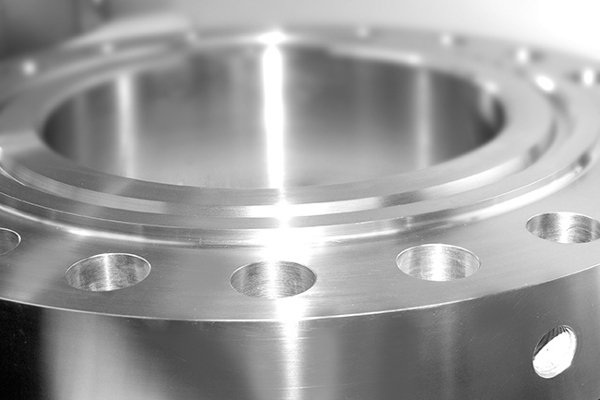One of the most popular types of flanges is the WNRF flange. The abbreviation stands for Weld Neck Raised Face flange. These flanges are welded to the neck of the pipe and have a raised face that provides additional support and helps to create a more secure seal. WNRF flanges are commonly used in high-pressure applications and are ideal for a wide range of temperature and pressure conditions.

WNRF flanges come in different sizes and materials, and the choice of the flange depends on the service duty of the line. They are custom-built with dimensions provided by the customer or manufactured based on national or international standards. Some of the commonly used standards include ASME, ANSI, DIN, and JIS.
The components of a flanged joint are the flanges, gaskets, and fasteners. Gaskets are inserted between the two mating flanges to provide a tighter seal, while fasteners hold the flanges together. It is important to note that flanges of different standards are not interchangeable and should not be joined unless checked for compatibility.
In summary, WNRF flanges are an essential component of a piping system in a steel plant. They provide increased support, facilitate easy maintenance, and have a wide range of applications. Selecting the right type and material of the flange is critical to the overall performance of the system. So, if you’re looking for a reliable and durable solution for your piping needs, consider using WNRF flanges.